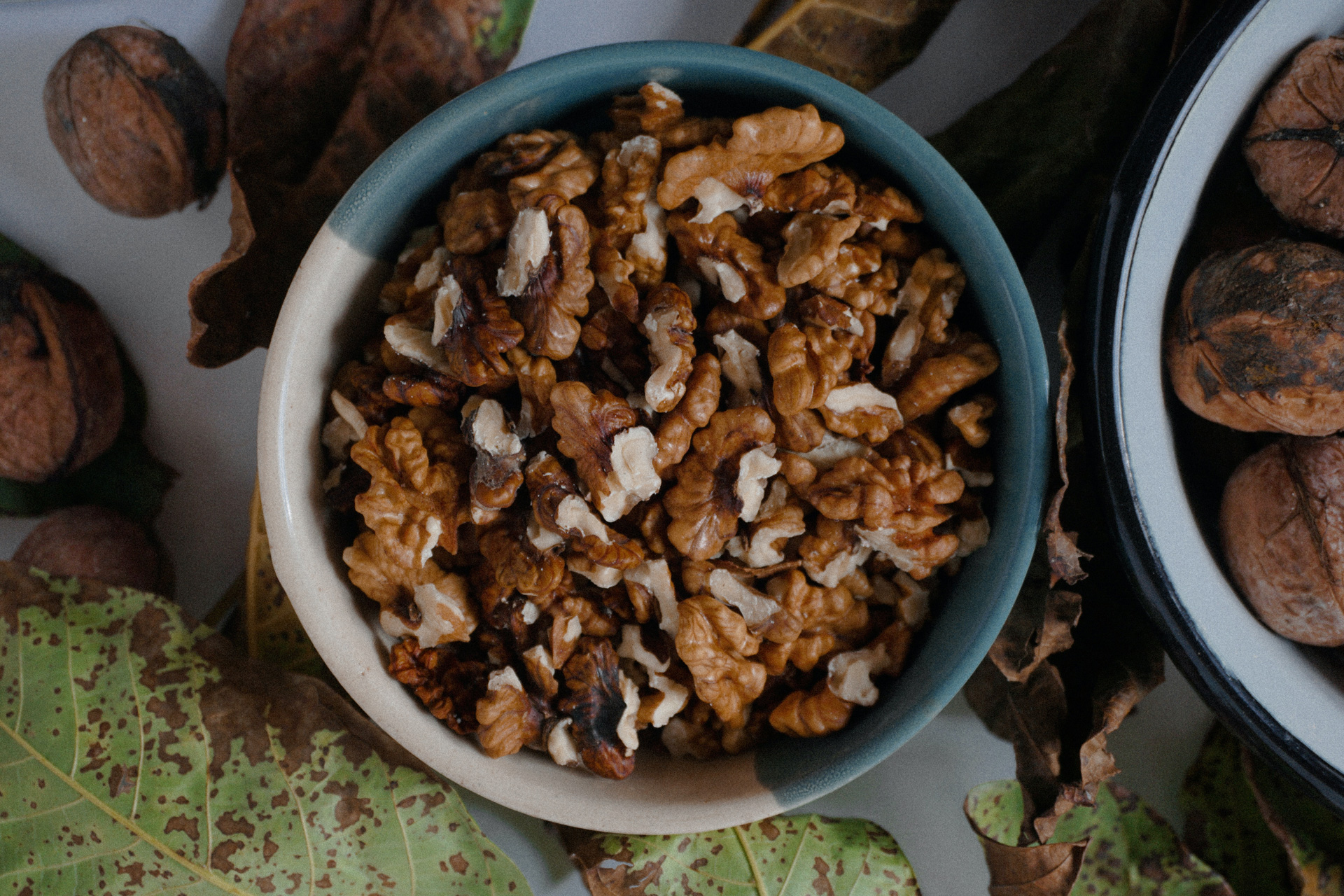
A Planet-First Diet Could Help You Live Longer
By
9 months ago
This diet is a win win situation
Many of us are looking for ways to eat a more planet-friendly diet, and to boost our own longevity through our plate. So what about if there was a style of eating which could offer both? Enter the planetary health diet, which has come into the spotlight following a new study suggesting it could lower your risk of early death by nearly a third. At the same time, following the diet could dramatically decrease greenhouse gas emissions. Intrigued? Here’s everything you need to know.
What Is The Planetary Health Diet?
The planetary health diet was first proposed by the EAT-Lancet Commission in 2019, outlining a way of eating that would benefit both human health and the environment. It involves consuming a ‘plant-forward diet where whole grains, fruits, vegetables, nuts and legumes comprise a greater proportion of foods consumed’.
Unlike vegan or vegetarian diets, animal products are included too, but in moderation. ‘Meat and dairy constitute important parts of the diet but in significantly smaller proportions than whole grains, fruits, vegetables, nuts and legumes,’ reads the EAT’s website. So: the ideal planet-friendly plate would be filled with about half fruit and vegetables, with the other half consisting of whole grains, plant protein and optional modest amounts of animal protein.
The diet has many similarities with the Mediterranean diet, which is widely renowned for its health benefits.

Getty Images
What Are The Benefits?
When EAT first published its findings on the planetary health diet, it made some compelling claims, writing: ‘Shifting from unhealthy diets to the planetary health diet can prevent 11 million premature adult deaths per year and drive the transition toward a sustainable global food system by 2050 that ensures healthy food for all within planetary boundaries.’
This has now been further supported by a landmark new study, published in the American Journal of Clinical Nutrition. Researchers analysed data from more than 200,000 men and women in the United State across three decades. All participants – who had no major diseases when the study began – filled out dietary questionnaires every four years for 34 years. Key findings included:
Lower mortality risk
Participants who most closely followed the planetary health diet were found to be 30 percent less likely to die prematurely in comparison to those who ate the lowest amounts of food involved in the planet-first diet.
Reduced illness
On a similar note, planet-first eaters had reduced risk of dying from cancer, cardiovascular diseases, lung disease, Alzheimer’s and other neurodegenerative diseases.
Lower risk of infectious diseases
Women who adhered to principles of the planetary health diet had a 38 percent lower risk of dying of infectious diseases.
Better planet health
This style of eating was also found to be better for the environment. It was associated with:
- 29 percent lower greenhouse gas emissions
- 51 percent reduction in cropland use
- 21 percent reduction in fertiliser use
- 13 percent lower irrigation and water needs
‘Changing how we eat can help slow climate change, and fortunately what’s healthiest for the planet is also best for us,’ said one of the study’s authors, Walter Willett, professor of epidemiology and nutrition at the Harvard T.H. Chan School of Public Health in Boston. ‘For every major cause of death we looked at, there was a lower risk in people with better adherence to the planetary health diet,’ Willett said.
He added: ‘The findings show just how linked human and planetary health are. Eating healthfully boosts environmental sustainability – which in turn is essential for the health and well-being of every person on Earth,’ he added.

How To Follow A More Planetary Diet
Those in the study who followed the planetary health diet ate large amounts of:
- Whole grains (e.g. brown rice, quinoa, rye bread)
- Chicken and poultry
- Fruits and non-starchy vegetables
- Nuts
- Legumes (e.g. beans, lentils, chickpeas)
- Foods high in unsaturated fats (e.g. avocados and olive oil)
Their diets also included lower amounts of processed meats, sugary processed foods, sugary drinks and fruit juices.






